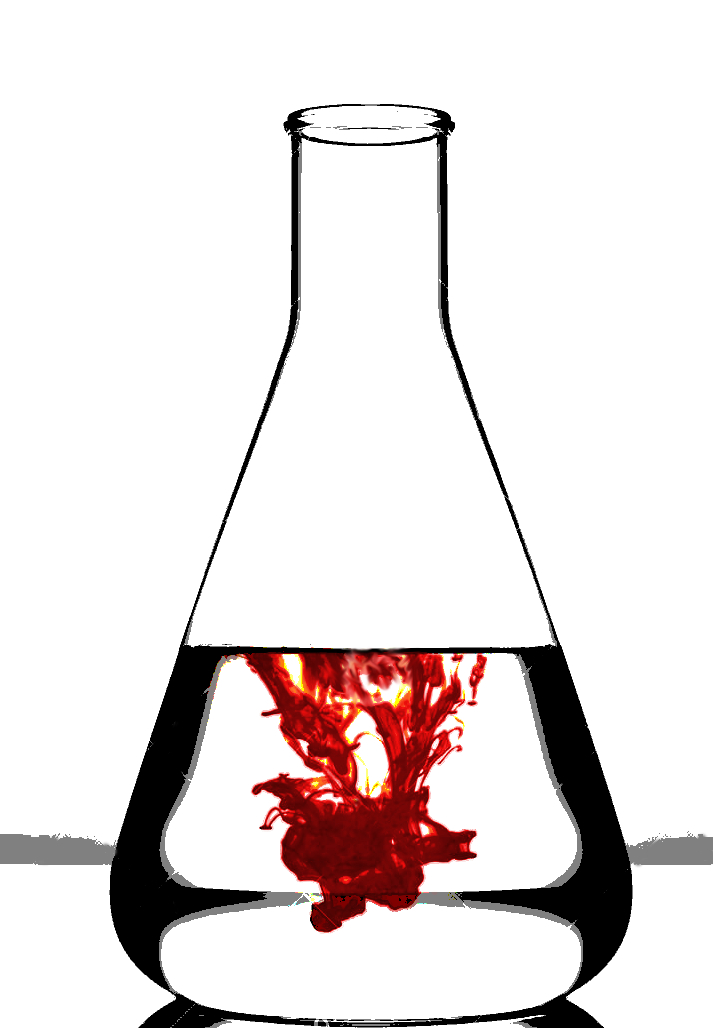Blood snipped for universal switch
 It may soon be possible to turn any kind of donated blood into a universal donor.
It may soon be possible to turn any kind of donated blood into a universal donor.
For years, emergency rooms have struggled to provide blood transfusions for people with rare or unavailable blood types, but this could be about to change.
A team of chemists and scientists have created an enzyme that can change any blood type into Type O - the universal donor that can be given to patients of all blood types.
The enzyme works by snipping off the sugars, also known as antigens, found in Type A and Type B blood, making it more like Type O.
Type O blood does not have the antigens found in A and B types, so it is used on patients regardless of their blood type.
Because Type O is used when doctors do not know the patient’s blood type, demand for it usually outstrips supply.
“We produced a mutant enzyme that is very efficient at cutting off the sugars in A and B blood, and is much more proficient at removing the subtypes of the A-antigen that the parent enzyme struggles with,” said David Kwan, the lead author of the study and a postdoctoral fellow in the Department of Chemistry.
To create the high-powered enzyme, researchers used a new technology called ‘directed evolution’, which involves inserting mutations into the gene that codes for the enzyme.
Researchers then select the mutant forms that are most effective at cutting the antigens.
In just five generations, the enzyme became 170 times more effective.
With this enzyme, a team at the University of British Columbia’s Centre for Blood Research were able to remove the wide majority of the antigens in Type A and B blood.
But the project is not perfect yet.
Before it can be used in clinical settings, the enzyme used would need to remove all antigens, as the immune system is highly sensitive to blood groups and could attempt an immune response to even small amounts of residual antigens.
“The concept is not new but until now we needed so much of the enzyme to make it work that it was impractical,” says Steve Withers, a professor in UBC’s Department of Chemistry.
“Now I’m confident that we can take this a whole lot further.”
“The big step here is that we’ve found a way to make these enzymes more powerful and potent,” said fellow researcher David Kwan.
The study was published in the Journal of the American Chemical Society.








 Print
Print